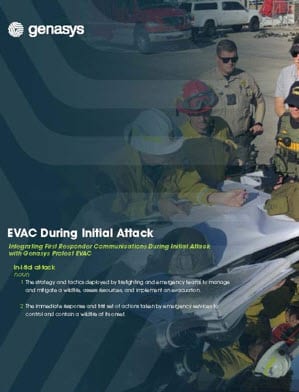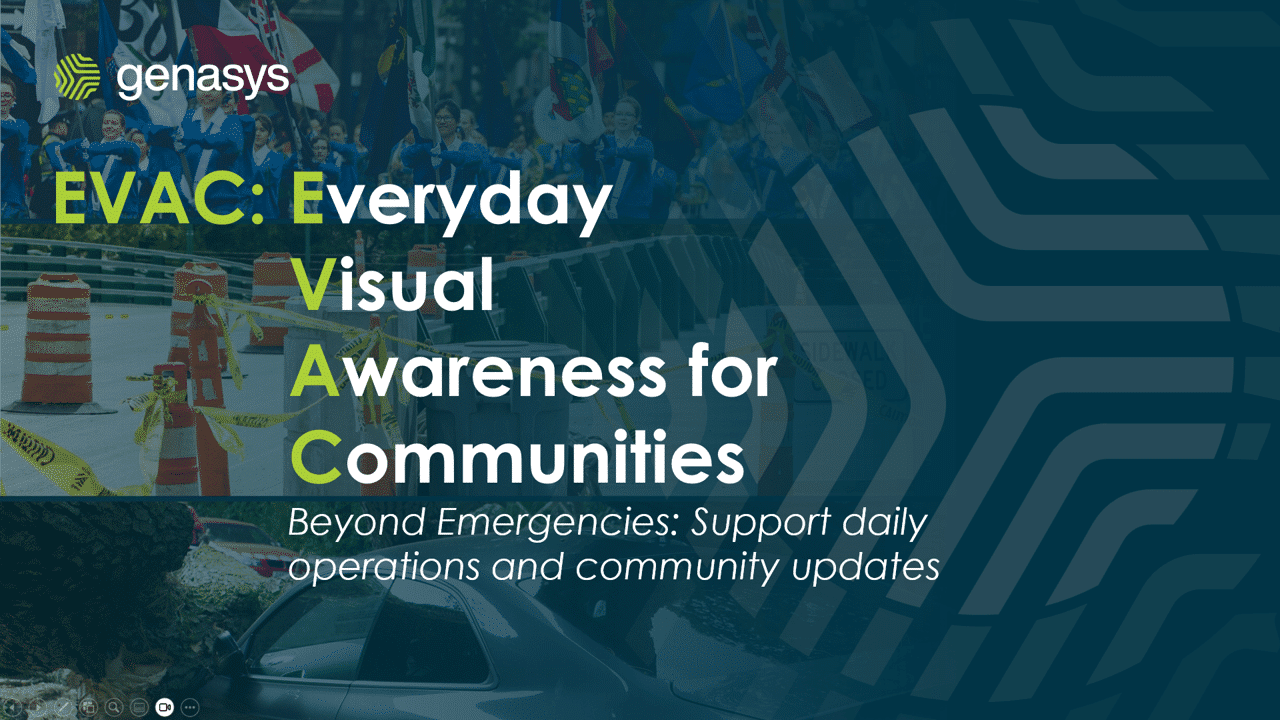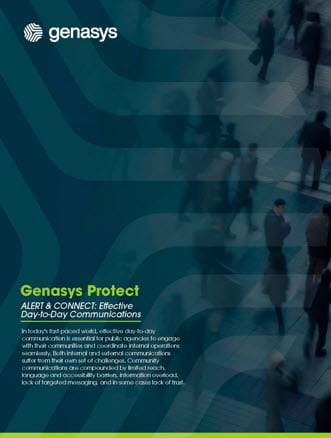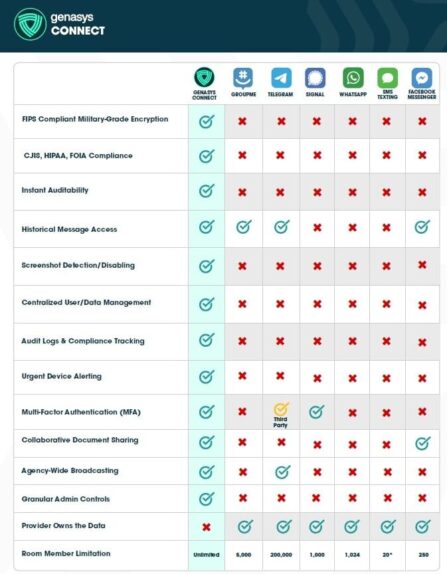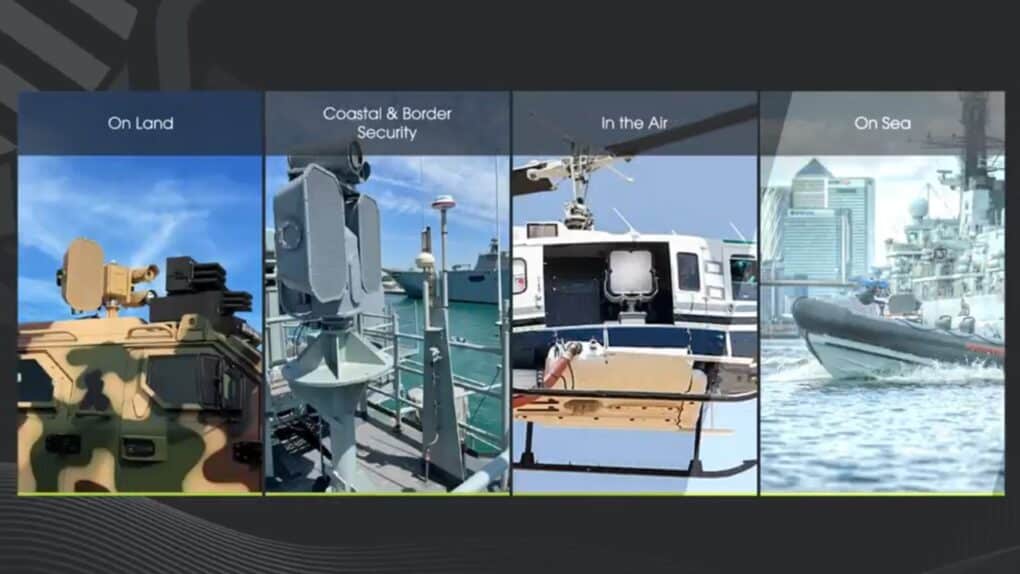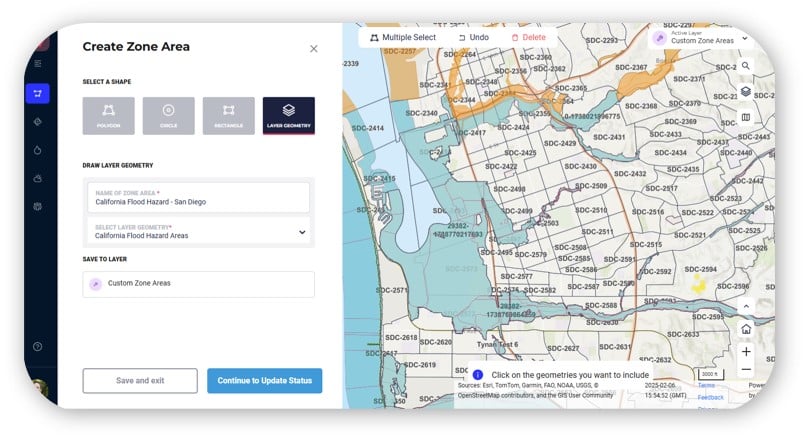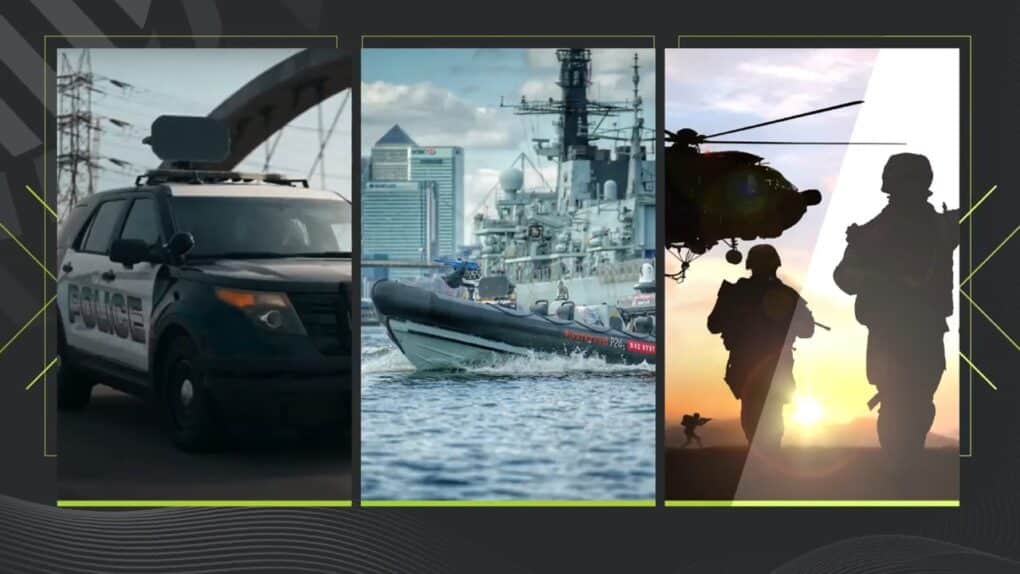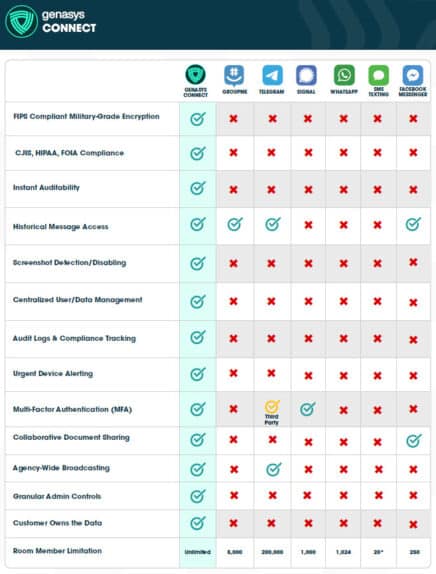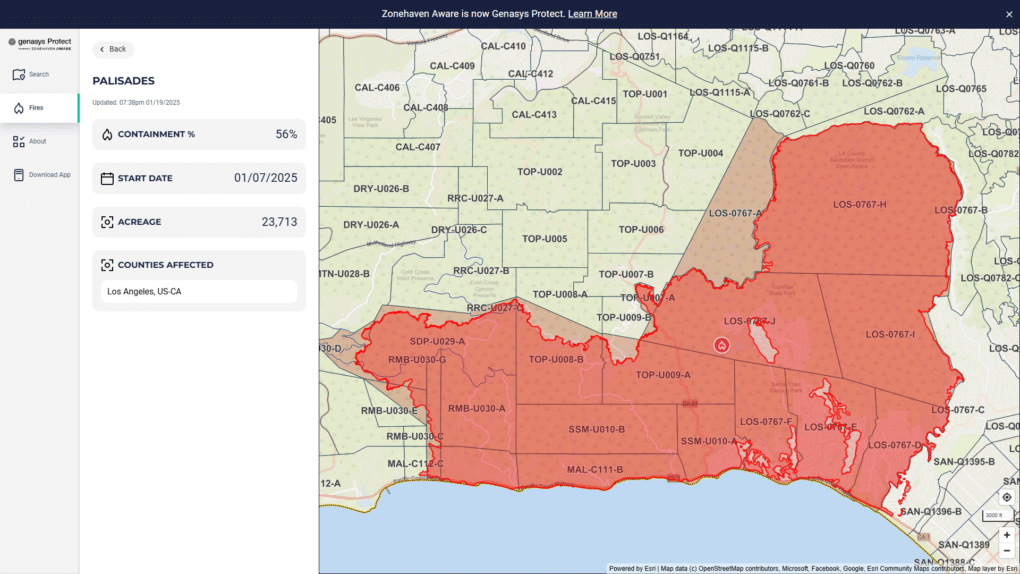Understanding the Imperative
As the 2024 hurricane season continues with Hurricane Helene and Hurricane Milton wreaking havoc across the Southern U.S., the need for enhanced crisis response plans becomes increasingly evident. The challenges posed by these powerful storms that can cripple or destroy a region’s infrastructure, disrupting the lives of millions and posing significant safety risks, cannot be overstated. Now, more than ever, discussing the challenges faced during hurricane season and exploring innovative technological solutions to bolster regional crisis response is essential.
A Multifaceted Predicament
- Area-wide Vulnerabilities: Aging regional architecture is susceptible to damage from extreme weather events. Bridges, roadways, and rail systems are at risk of structural damage, hindering movement and posing safety threats.
- Supply Chain Disruptions: Transportation disruptions during hurricanes can lead to supply chain breakdowns, affecting the availability of essential goods and services in affected regions. Being able to identify neighboring regions that can assist will streamline efforts to mitigate or repair possible disruptions.
- Evacuation Logistics: Coordinating mass evacuations presents logistical challenges. Safe and efficient movement of residents from vulnerable areas requires meticulous planning, as roads can quickly become dangerous and even inaccessible.
- Communication Breakdown: Hurricanes often disrupt communication networks, impeding real-time updates between city government personnel and emergency responders. This lack of communication can hinder swift decision-making and coordination efforts.
Innovations for Effective Crisis Response
- Smart Infrastructure: This requires the ability to notify your personnel or collaborating parties immediately when compromised infrastructures arise.
- Regional Resource Allocation: With apps like Genasys Protect CONNECT, you can regionally collaborate with neighboring agencies and nonprofits to allocate resources. This expedites recovery efforts and reduces risks in missed areas that require attention.
- Coordination Management: You will need a synchronized communications hub to create and manage emergency notifications and communications in subgroups while maintaining a broadcasting channel for all collaborators involved.
- Cloud-based Communication System: Utilizing satellite communication networks ensures that collaborating personnel and emergency responders maintain connectivity even when traditional networks are down. This enables efficient coordination and information dissemination.
Enhancing Crisis Response Efforts
Crisis response plans must evolve to address the challenges of ever-worsening hurricane seasons. Embracing technological innovations, such as smart infrastructure, cloud-based communication, and interoperable collaboration, enhances the resilience of transportation networks in the face of adversity. By continuously adapting and integrating cutting-edge solutions, we can mitigate the impact of hurricanes on transportation systems, ensuring the safety and well-being of communities.
Contact Genasys to learn more about our protective communications platform, which provides real-time management for evacuations, mass notifications, and compliant law enforcement messaging.



